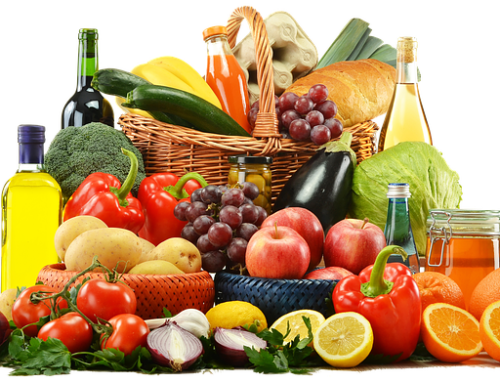It may not be well known, but what you eat affects more than just your weight (and hunger). What you choose to include in your diet is very important because when something is out of line in your body, every muscle nerve and movement is impacted. But with a proper diet, you can potentially avoid the pain that comes with temporomandibular joint disorder (TMD).
What foods should you avoid?
When dealing with the pain of TMD, trying everything once will only benefit you. You never know, your favorite food could be causing you pain. A lot of times, people with TMD find that cutting back on wheat and dairy, specifically whole grains, improves their day to day lives.
Another thing to avoid would be food with very high artificial supplements such as vitamin C or Iron. Too much of these supplements can lead to an imbalance in your natural levels—causing pain. One more thing is to avoid foods with sugar, yeast and preservatives.
Additionally, stay away from fatty foods. Saturated fat has been shown to increase inflammation in the body, causing more pain. Of course this won’t be easy, but it just might be the end to all of your pain.
Incorporate these foods into your diet
We all know that fruits and vegetables are good for our health, but why is it so hard to eat them? With TMD, eating vegetables is important. To make it easy, try eating vegetable soup with a wide variety of vegetables and beans for the magnesium, with added meat for the hyaluronic acid.
When eating meat, stick to the red meats for high amounts of zinc, iron, and vitamin B12. All of these nutrients are crucial for your diet as a patient suffering from TMD.
After learning about the foods to incorporate and avoid, hopefully you will be able to manage the pain a bit better. As always, it is important to contact your doctor for professional advice on how to find relief from your TMD pain.







